Japan Aerospace Exploration Agency’s (JAXA) Martian Moons eXploration (MMX) mission will launch atop JAXA’s H3 medium-lift rocket in 2026 and go into orbit around Mars in 2027.
The 4,000kg (8,820lb) MMX spacecraft will do something no other mission has yet attempted: return a sample from the Mars system to Earth.
With only one thousandth as much gravitational pull as on Earth, Phobos, one of Mars’s two moons (the other being Deimos), is a dangerous place to try to land.
This makes the Japan Aerospace Exploration Agency’s (JAXA) Martian Moons eXploration (MMX) mission particularly daring.

Phobos and Deimos were discovered in 1877 by American astronomer Asaph Hall and named after the sibling Greek gods of fear and panic, and sons of Ares (otherwise known as Mars).
The moons are 22.5km (14 miles) and 12km (7.5 miles) in diameter, respectively.
Neither is massive enough to become spherical under its own gravity and they consequently resemble potato-shaped asteroids.
JAXA plans to have MMX initially enter an orbit around the Red Planet before manoeuvring into a quasi-satellite orbit, which keeps the spacecraft close to Phobos while remaining in orbit around Mars.
"The surface of Phobos will be analysed with a suite of remote sensing instruments from a quasi-satellite orbit," says Elizabeth Tasker, associate professor and MMX International Outreach Lead at JAXA.
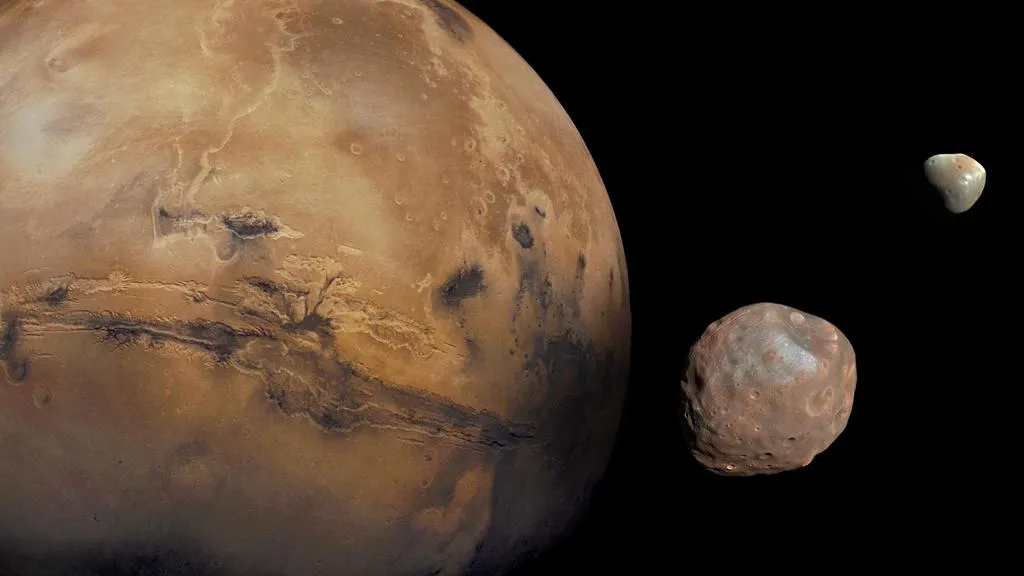
NASA/JPL-Caltech/GSFC/Univ. of Arizona
Landing a rover and collecting samples
A four-legged rover called IDEFIX will then land on Phobos. Using a simple pneumatic system, it will drill a few centimetres down and gather sand-like particles.
The goal is to retrieve a minimum of 10g (0.3oz) of samples, which may mean visiting its surface twice.
These will effectively be the first-ever samples of the Red Planet to return to Earth.
"Simulations have indicated that material scattered from Mars’s surface during meteorite impacts should have landed on Phobos’s surface," says Tasker.
"Unlike the Martian meteorites that make it to Earth, the shorter journey to Phobos should allow a range of different rocks and minerals to survive, including more delicate substances that could contain organics."

MMX will, therefore, collect material that has been scattered from Mars over the last few billion years.
After successfully collecting the samples, the spacecraft will take off from Phobos and embark on a series of fly-bys of Mars’s smaller moon, Deimos.
A return module will then make its way back to Earth with the Phobos sample, scheduled to drop out of the sky above Woomera, South Australia in 2031.

Why MMX is studying Mars's moons
Martian Moons eXploration is a unique mission, but it’s perfectly in tune with what JAXA is interested in.
"A focus for JAXA’s planetary science missions is celestial small bodies such as asteroids, comets and moons," explains Tasker.
These leftovers of a time when planets were forming have largely remained untouched since.
"This makes the properties and composition of the small bodies amazing records as to what kinds of rocks and minerals formed the planets, giving clues as to how the planets formed and how Earth became habitable."
Revealing the origin of the Martian moons is one of MMX’s main tasks.
The two leading theories are that Phobos and Deimos are either captured asteroids or that they were created after a large impact with the Martian surface.
There is a third theory, however, which MMX could shed light on.

A study released in May 2024 used about 300 unpublished photos of Phobos taken by ESA’s Mars Express spacecraft since 2003.
These included images of the 9km-wide (5.6 miles) Stickney crater, the moon’s most prominent and reflective landmark.
The researchers found that the surface of Phobos is much brighter when the Sun is overhead – similar to many airless Solar System objects – and has a porous, sand-like surface covered in dust.
These characteristics make Phobos appear similar to Jupiter-family comets like 67P/Churyumov–Gerasimenko, which ESA’s Rosetta visited in 2014.
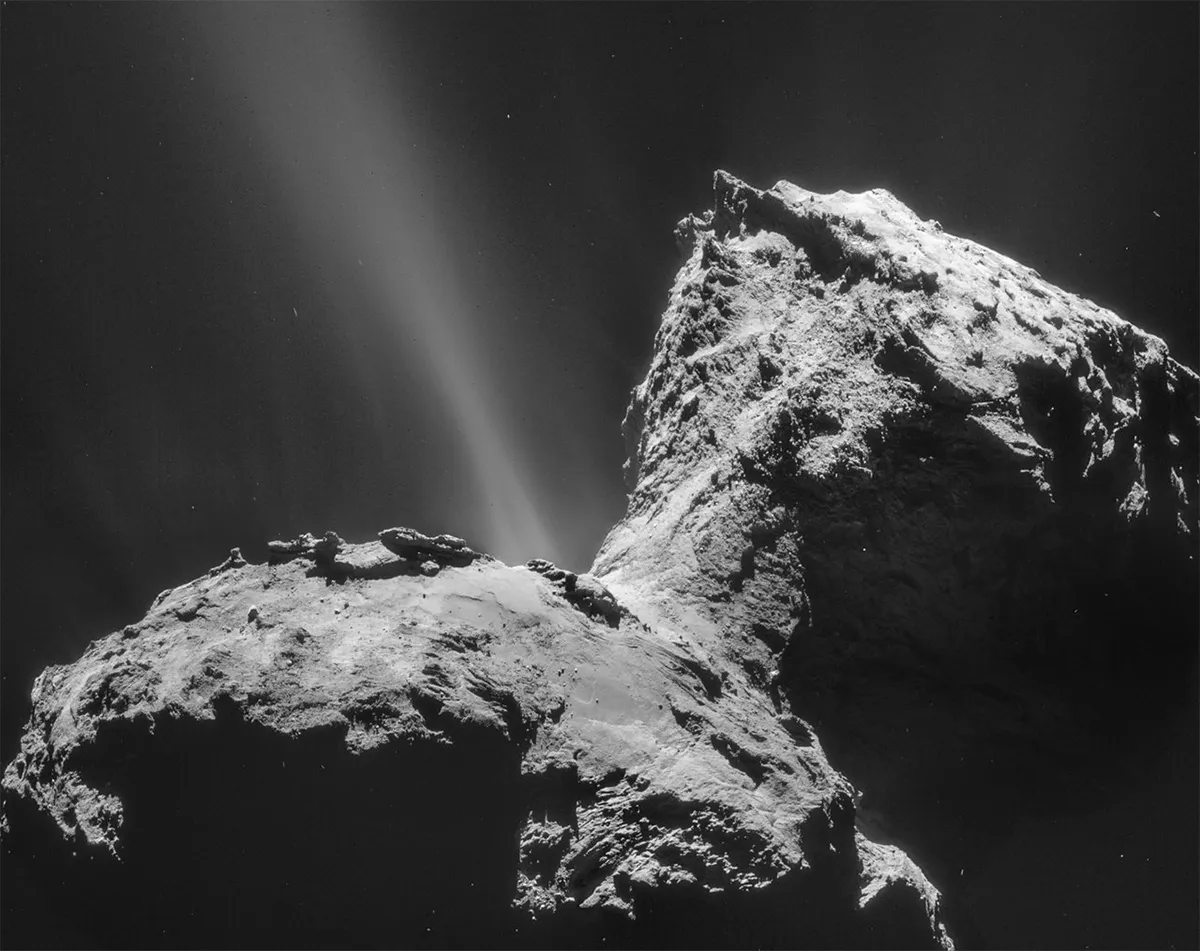
The researchers concluded that Phobos and Deimos may have been joined together as a single comet that was trapped in orbit, and then eventually separated, by Mars’s gravity.
Phobos and Deimos may be the Solar System’s first known ‘comet moons’.
"If this turns out to be true, then MMX will unintentionally return samples of cometary material, which will be the second cometary return sample obtained by humanity," says Yada Toru, associate senior researcher at JAXA’s Astromaterials Science Research Group.
The first was NASA’s Stardust spacecraft, which visited comet 81P/Wild 2 in 2004.
"Recent sample-return missions have revealed that remote sensing data and the actual samples can differ slightly due to the effects of space weathering," adds Toru.
"We hope this question is resolved once MMX brings home samples from Phobos in 2031."
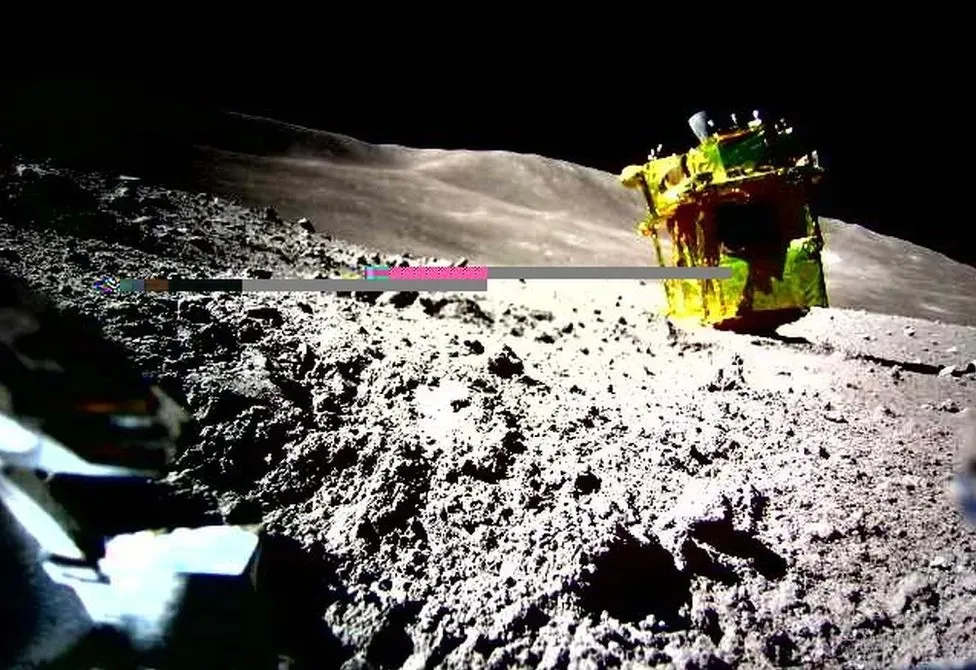
JAXA's spacerock missions
The JAXA Martian Moons eXploration mission will not be JAXA’s first spectacular interplanetary mission. In January this year, Japan became the fifth country to land on the Moon when its SLIM (Smart Lander for Investigating Moon) mission made a pinpoint landing.
Before SLIM, JAXA’s most high-profile mission was Hayabusa2, which collected samples from the asteroid Ryugu and returned them to Earth in 2020.
However, MMX is not just a JAXA effort. "One of the aspects I like most about this mission is the level of international collaboration," says Tasker.
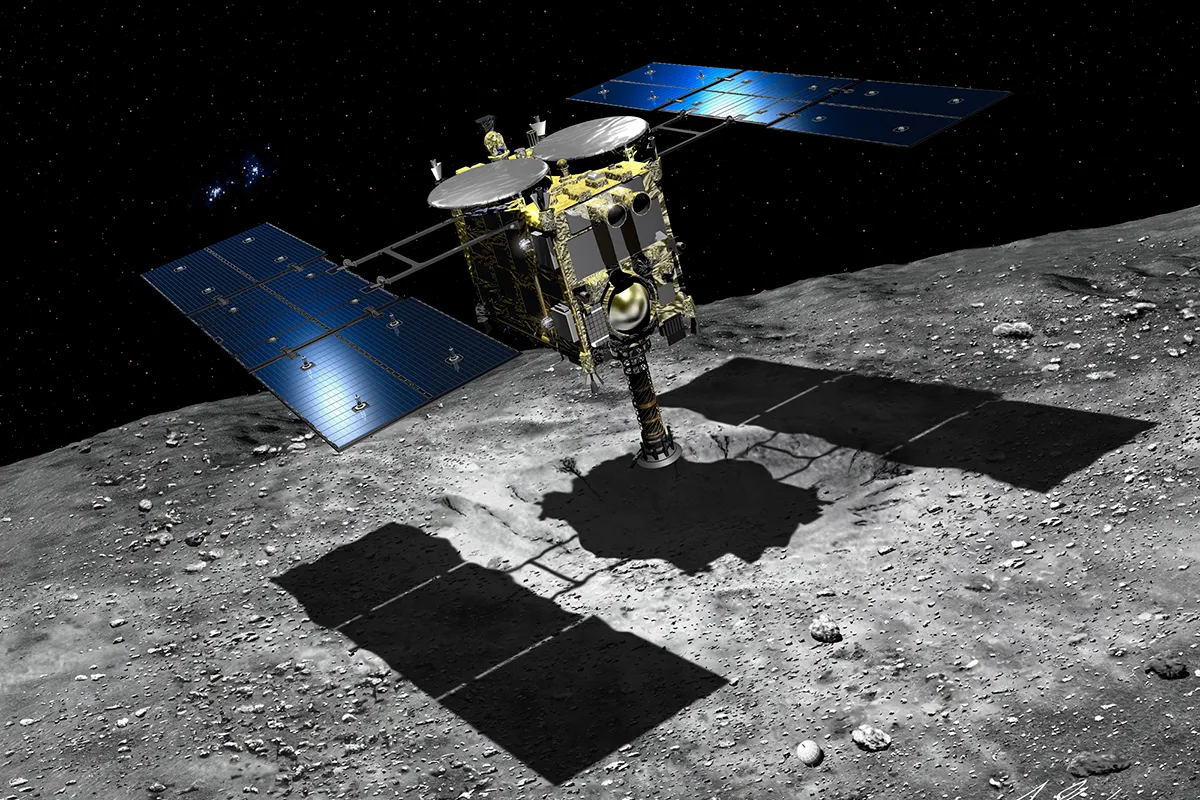
Other space agencies are providing several instruments on the spacecraft.
NASA has contributed to the Mars-moon Exploration with Gamma Rays and Neutrons (MEGANE) instrument and one of the spacecraft’s two sampling mechanisms, the P-Sampler.
Meanwhile, the French space agency CNES is supplying the MMX InfraRed Spectrometer (MIRS). CNES is also working with the German space agency, DLR, on the rover.
"The Martian moons have been described as one of the most important unexplored peaks in the Solar System.
"And I feel the support JAXA has received from European and US space agencies has reflected our excitement in finally getting to explore this destination in detail," says Tasker.
JAXA may be getting a lot of help from other space agencies, but its own technology is at the heart of MMX.

JAXA Martian Moons eXploration mission landing
The same precision landing technology used by SLIM on the Moon will allow the JAXA Martian Moons eXploration mission to touch down on Phobos’s surface within 100 metres of the target landing site.
"Gravity on Phobos is very weak compared to Mars or our Moon, but strong compared to asteroids such as Ryugu," says Tasker.
"This adds to the challenge of collecting samples, as more fuel must be used to prevent a dangerously high landing speed, compared to the asteroid landings on Hayabusa and Hayabusa2."
The team have experience in how landings can go wrong, as several of the French and German team members worked on Rosetta’s Philae lander, which bounced twice when it attempted a landing on comet 67P/Churyumov–Gerasimenko.
There’s another problem once a precise touchdown is confirmed.
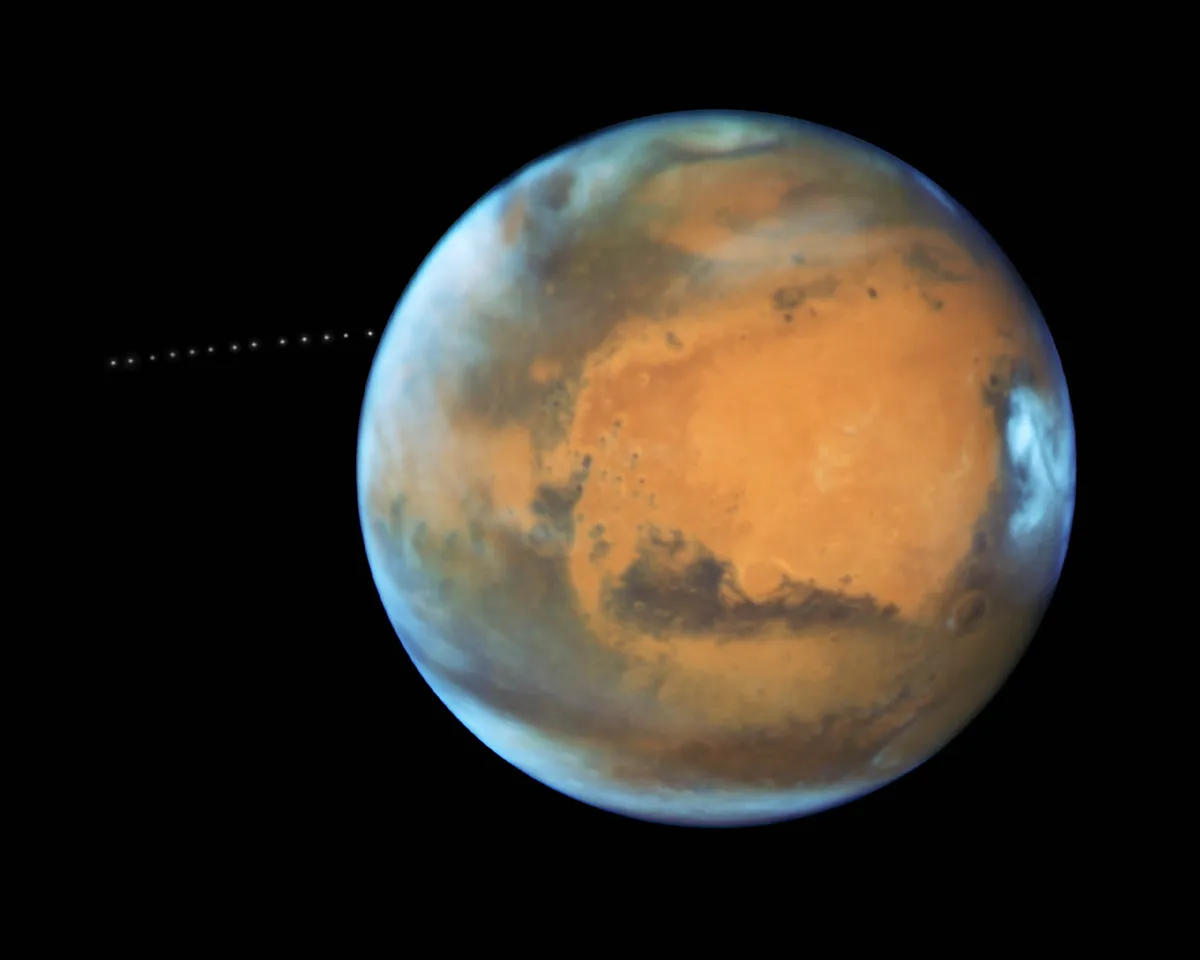
"The gravity of Phobos is not sufficient to definitely keep the spacecraft secured to the surface after landing," says Tasker, adding that MMX’s landing gear and choosing the right location are important.
Previous observations of Phobos have allowed planetary geologists to create models of the moon’s gravitational profile.
"That helps with pre-mission planning, such as identifying possible landing sites for collecting samples," says Tasker.
"The more planning that can be done in advance, the easier it will be to guarantee the best decision has been made for landing sites or trajectories for good observations, and possible problems and challenges can be identified."
Once at the moon, MMX will use its cameras and LIDAR to make measurements to select the best landing site.

Analysing Mars as a home for humans
In addition to uncovering the history of its moons, the JAXA Martian Moons eXploration mission is likely to help the human exploration of Mars, which is expected in the 2040s.
One big concern for such exploration is the amount of cancer-causing radiation that astronauts will be subjected to on Mars.
Cue an instrument on MMX called the Interplanetary Radiation Environment Monitor (IREM), which will measure the level of radiation in Martian orbit from sources such as high-energy solar particles.
"This radiation could pose a hazard to the health of a human crew visiting the Martian system, so evaluation of the expected dose is an essential step in preparing for a crewed mission," explains Tasker.
This first evaluation of the surface of its moons could prove critical for one day colonising the Mars system.
"Phobos and Deimos have also been considered a possible human base in the Martian system," says Tasker.
Both are tidally locked to Mars, so astronauts based on the moons could easily communicate with robotic missions on the Martian surface, such as rovers, with little signal delay.
"MMX visiting the moons will contribute to further exploration by robotic and crewed missions," says Tasker.
That will include demonstrating the technology required for entering and leaving Mars’s gravitational well, navigating and landing on the low-gravity moons and deploying equipment for tasks such as sampling.

Credit: NASA/JPL-Caltech/ASU/MSSS/SSI
Capturing images of Mars
When the JAXA Martian Moons eXploration mission returns to Earth with the samples in 2031, it will carry another valuable scientific resource: the spacecraft’s hard drive.
Japan’s state broadcaster, NHK, has helped JAXA create the Super Hi-Vision Camera, an 8K-capable camera that will take the highest-resolution images of Mars and its moons ever captured.
While some of these images will be transmitted back to Earth while the spacecraft is in orbit, allowing the public to visualise the mission, there is nowhere near enough bandwidth to transmit them all.
Instead, the data will be stored on a hard disc. When the Phobos sample drops into the Australian desert, on board will be a high-resolution Mars movie like nothing ever seen before.
MMX promises to be groundbreaking in more ways than one.
This article appeared in the September 2024 issue of BBC Sky at Night Magazine

